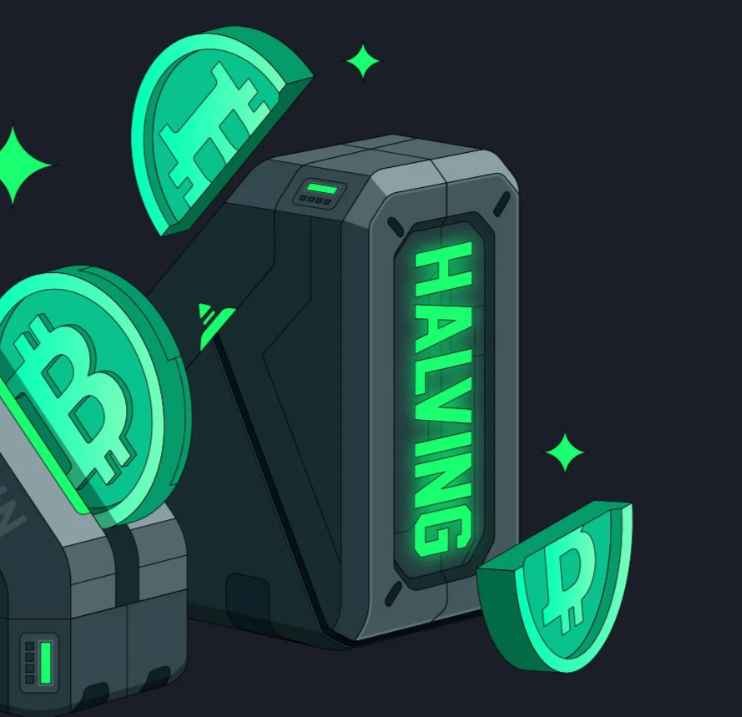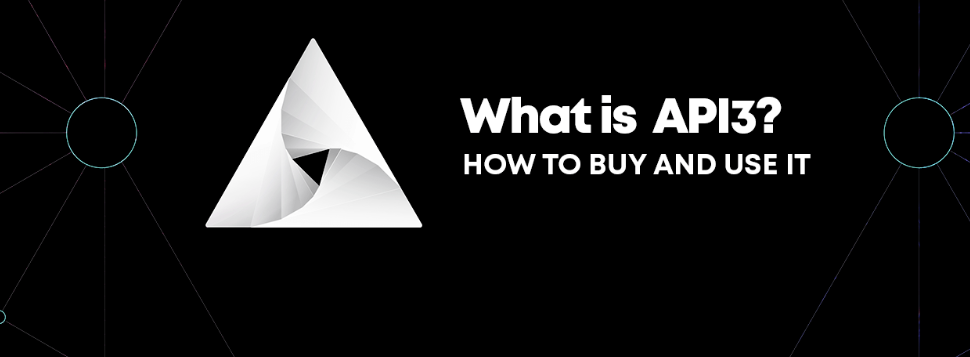The Bitcoin (BTC) halving is a pivotal event for the digital currency that halves its issuance every approximately four years. However, it is surrounded by a number of myths and misconceptions that can distort understanding of its impact and meaning.
A few days before the next halving, which will occur around April 20, 2024, it is more than appropriate to banish the misinformation that revolves around it. Therefore, below are 6 of the most common myths about this event to uncover the truth behind them.
The halving immediately impacts the price of Bitcoin
It is common to believe that the halving of Bitcoin automatically causes an increase in its price. But this is not exactly the case. Like any financial asset, its rise depends on greater demand than supply, which only this event contributes to.
The halving reduces the number of Bitcoins issued per mined block, which can lower the amount of BTC released to the market by miners. This decrease in supply allows the price to rise more easily if demand is sufficient in the long term. It does not happen instantly since miners can dump coins they have had before into the market.
Halving is a key factor in the rise of Bitcoin, but it does not fully determine it since it depends on the supply and demand perceived at all times. Historically, this event has functioned as a catalyst amid other macroeconomic conditions, driving the price to new highs a few months later.
It is key to remember that many cryptocurrencies do not have solid fundamentals supporting their rise. Therefore, after strong increases, large profit-taking is generated, causing the price to precipitate, leaving numerous traders in losses. For this reason, it is essential to anticipate the risks involved in operating with them.
Despite the Bitcoin halving and the general bull market, many cryptocurrencies will never see price rebounds.
Read More: The Future of P2E: A Look at New Trends
Bitcoin halving is activated externally
Some may believe that the Bitcoin halving is triggered by external means or human decisions. Far from it, this event occurs automatically and predictably every 210,000 mined blocks, which is approximately every four years.
Currency blocks are units of data that contain a set of confirmed transactions. Miners compete to add these to the chain by solving mathematical problems, earning Bitcoin as a reward for their work.
Bitcoin halving equals deflation
Although the halving decreases the issuance of new BTC, this process is not equivalent to deflation. This term is reserved for monetary systems where the emission is negative (that is, currencies are destroyed), which is not true for said digital currency.
The number of Bitcoins in circulation will continue to increase until the maximum limit of coins that can be mined is reached: 21 million BTC. The halving produces that, until reaching this milestone scheduled for the year 2140, the emission rate is reduced by half every four years.
For this reason, some prefer to call Bitcoin “anti-inflationary” since it will no longer have an inflationary monetary system when no more coins are issued. This is one of its bullish catalysts that makes it different from fiat money, which is pressured to devaluation due to its unlimited issuance at the decision of the government in power.
Read More: Bitcoin Cash Halving Is Now Active on the Network: Here’s What To Expect
Halving makes Bitcoin mining unprofitable
Halving halves the number of Bitcoins issued in each block, and some think it makes mining no longer profitable. However, if the coin’s price remains higher than what it costs to mine it, then the activity continues to be fruitful.
In the end, profitability depends on market supply and demand and whether miners can adjust their operations to adapt to the new environment of reduced rewards.
The challenge that halving entails for miners has been correlated with technological advances that allow them to carry out their activity with less cost through equipment with greater energy efficiency. Therefore, efforts to find new innovations that achieve this will continue as long as interest in Bitcoin continues.
Additionally, something to keep in mind is that if the number of Bitcoin miners decreases, the remaining miners could mine more coins on average. Therefore, although the halving may lead some to leave the activity, others could be favoured as long as they can profit from their achieved holdings.
Bitcoin halving increases transaction fees
There is a belief that the halving of Bitcoin increases transaction fees on the network. However, although this event can influence, it does not directly and necessarily lead to it.
As miners’ rewards for such an event decrease, they may select transactions with higher fees to include in the blocks they mine. However, this will depend on whether demand is willing to pay more expensive commissions; otherwise, it will not be so.
Transaction fees are therefore determined by supply and demand and other factors such as network congestion, which can lead to increases so that transfers are processed faster.
Halving is the only element that gives value to Bitcoin
Although Bitcoin halving is important for a shortage of currency, it is not the only element that gives it value. There are multiple factors that make this asset considered valuable digital money for people.
Some of these aspects are that anyone can access Bitcoin without any restriction and can transfer it freely. Furthermore, if self-custody wallets are used to do this, it is impossible to confiscate the holdings and allow them to be kept private.
Likewise, the value of Bitcoin lies in the fact that its issuance is defined and decentralized by those who want to participate in it. All of this occurs while maintaining network security. All these attributes motivate the demand for Bitcoin, promoting its upward trend. This has led some to classify the currency as a store of value.
Understanding these common misunderstandings is important to interpret the impact of the halving on Bitcoin and cryptocurrencies.












